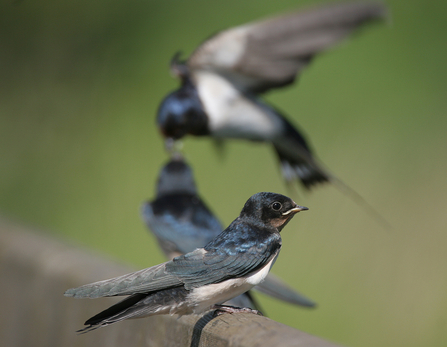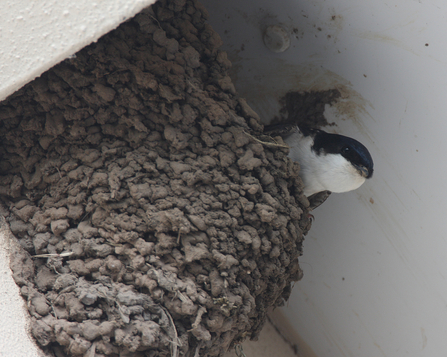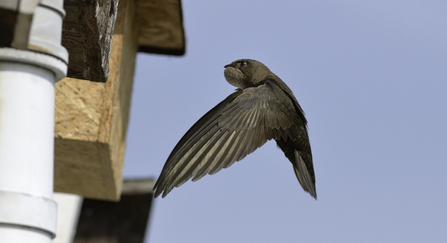One Swallow, two Martins, and a Swift make a summer
Spring is the ideal time to take a look at swallows, martins (“The Hirundines”) and Swifts. In our autumn and winter, all these species are a long way away, in their wintering grounds in Africa. A primitive urge will be forming in them, to fly north, to return to where they were born. But usually by mid-April they are all here, apart from the Swift, which is the last to arrive, and first to leave.
This blog looks at the Barn Swallow, House Martin, Sand Martin, and Common Swift. These are the species that visit us annually in Gwent, and stay to breed, although other more exotic vagrants do appear from time to time.
They are all built on a similar design, with sweptback wings supremely adapted for fast, manoeuvrable flight, that allows them to catch insects on the wing. With practice they can all be fairly easily identified by their distinctive features, and also to some degree habitat.
This guide will give you a flavour of how to identify them, which habitats, or locations to see them in, and hopefully a few interesting facts about each.





